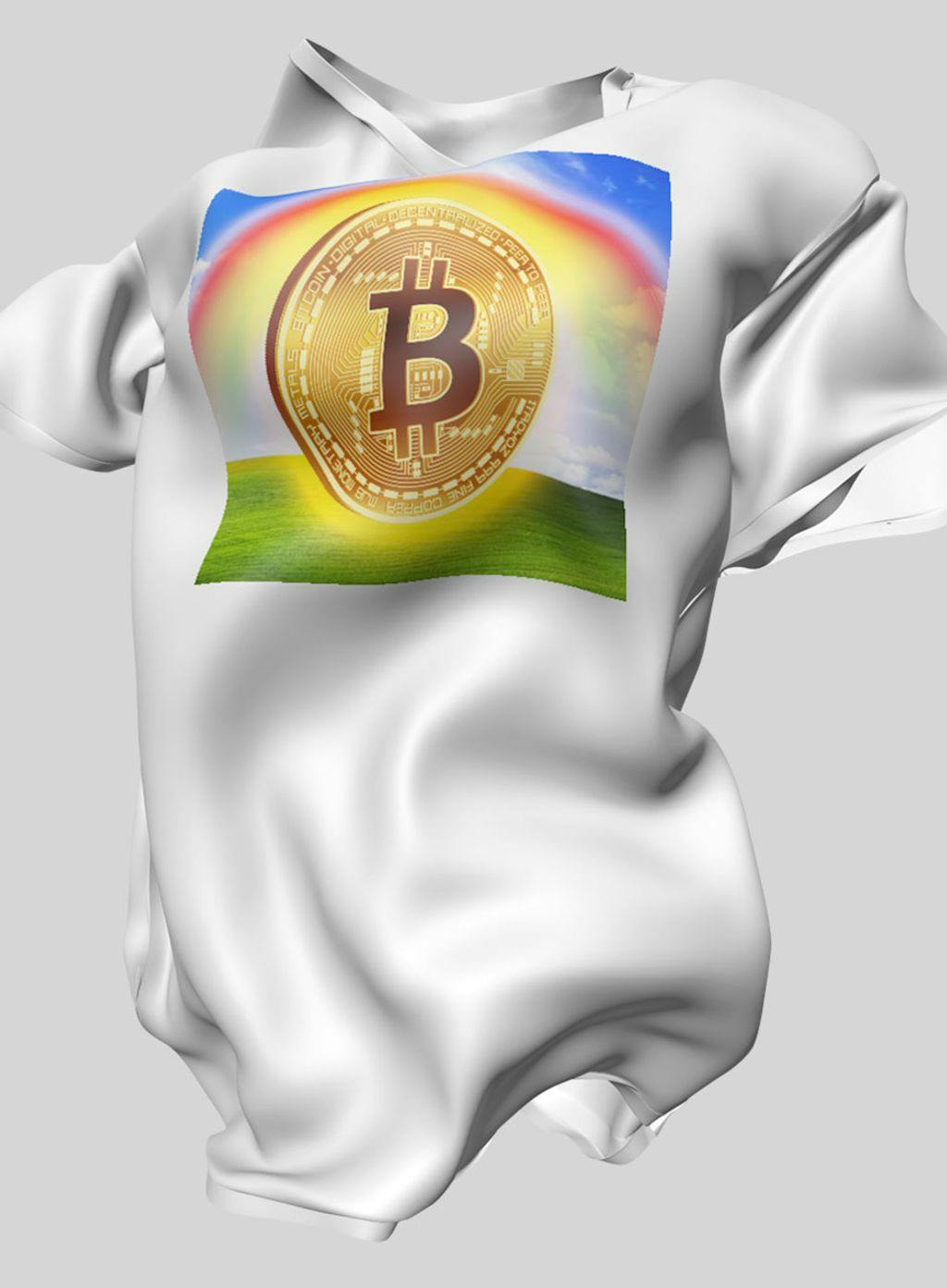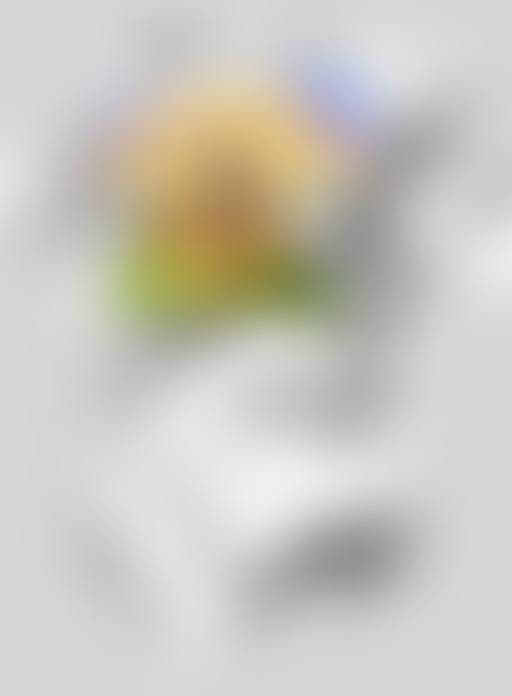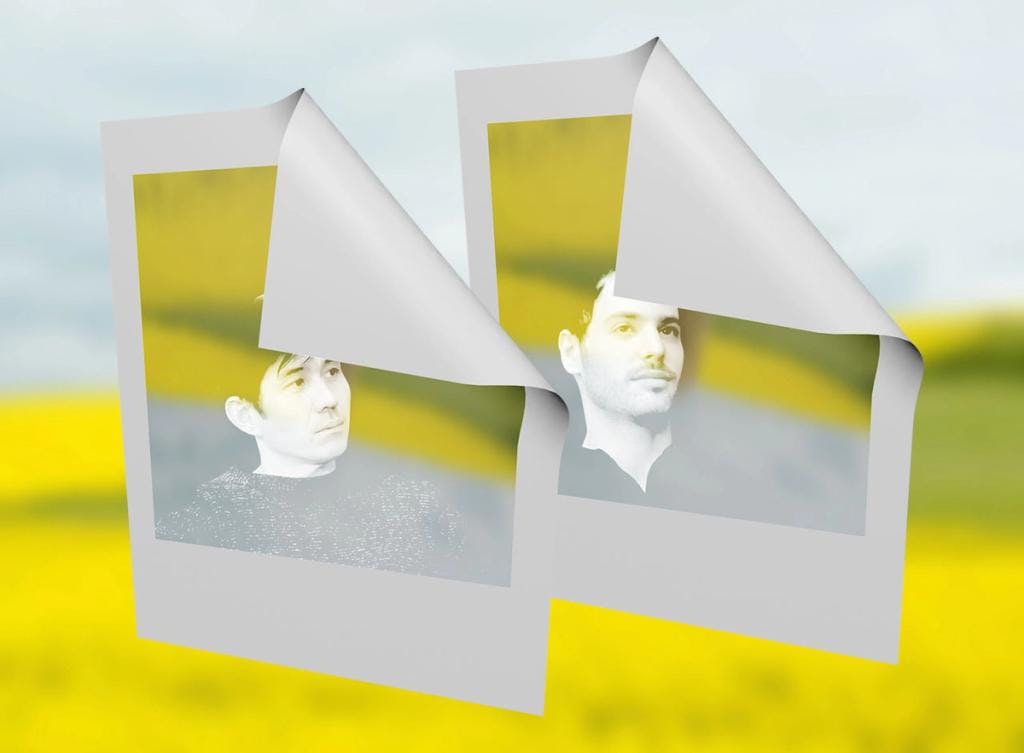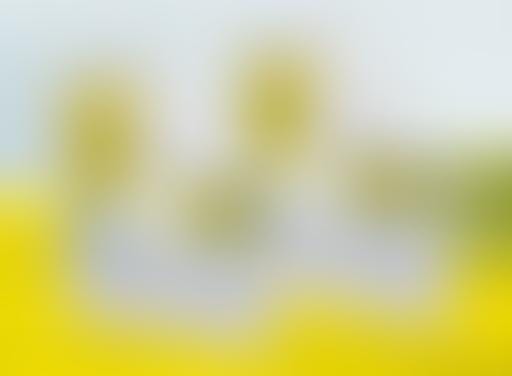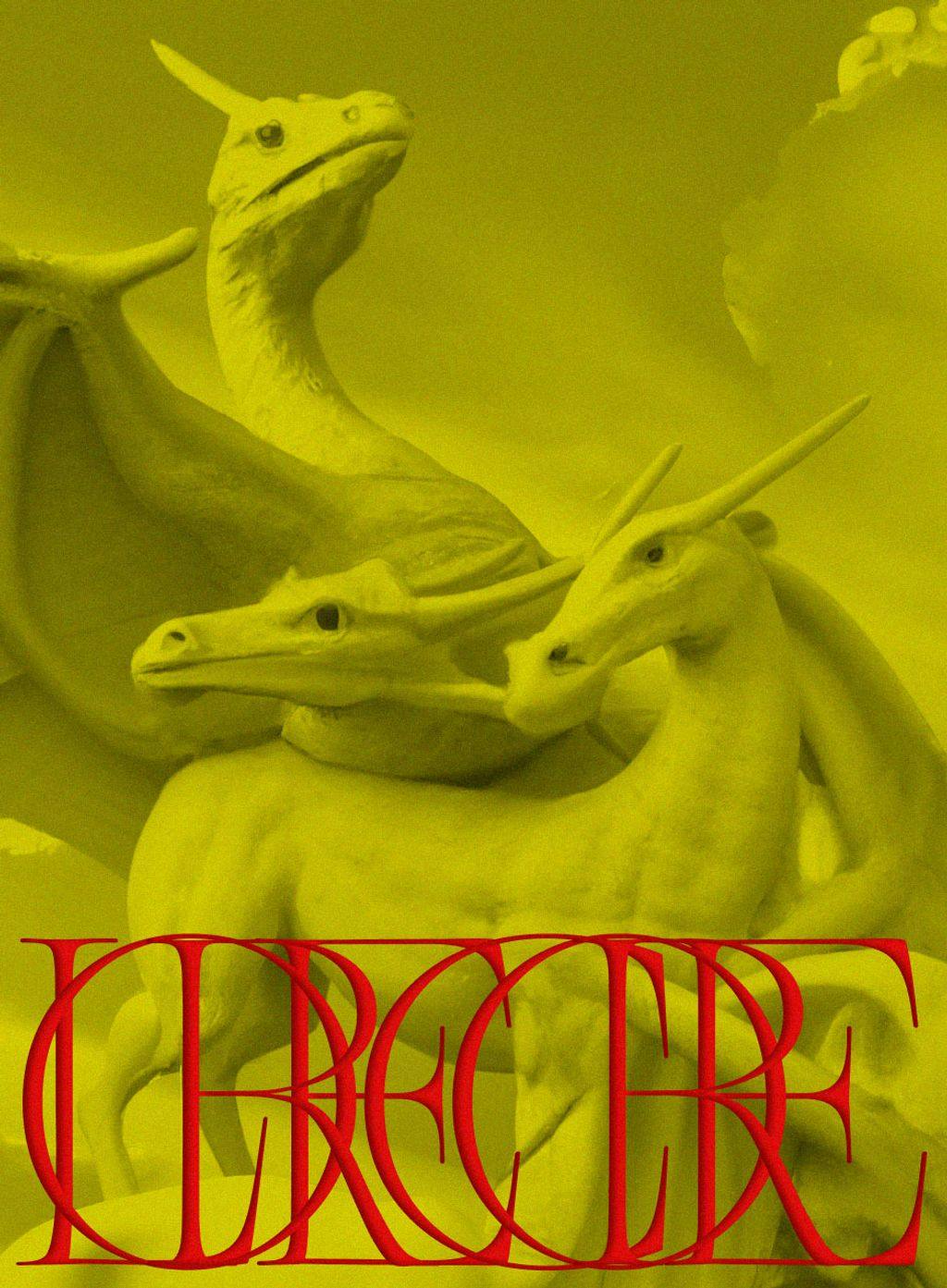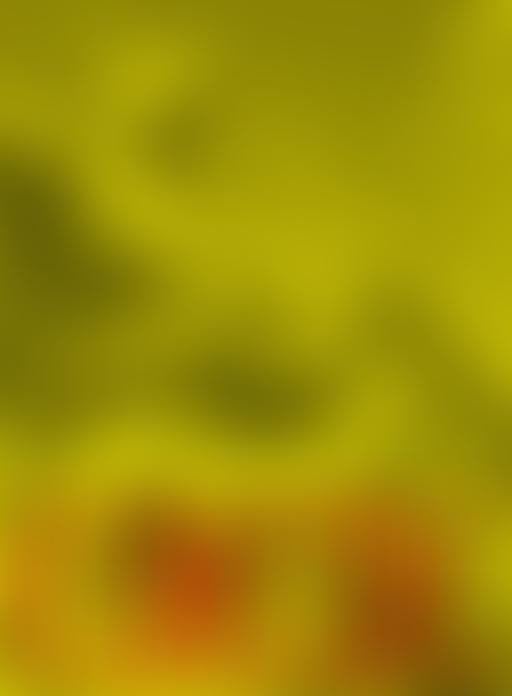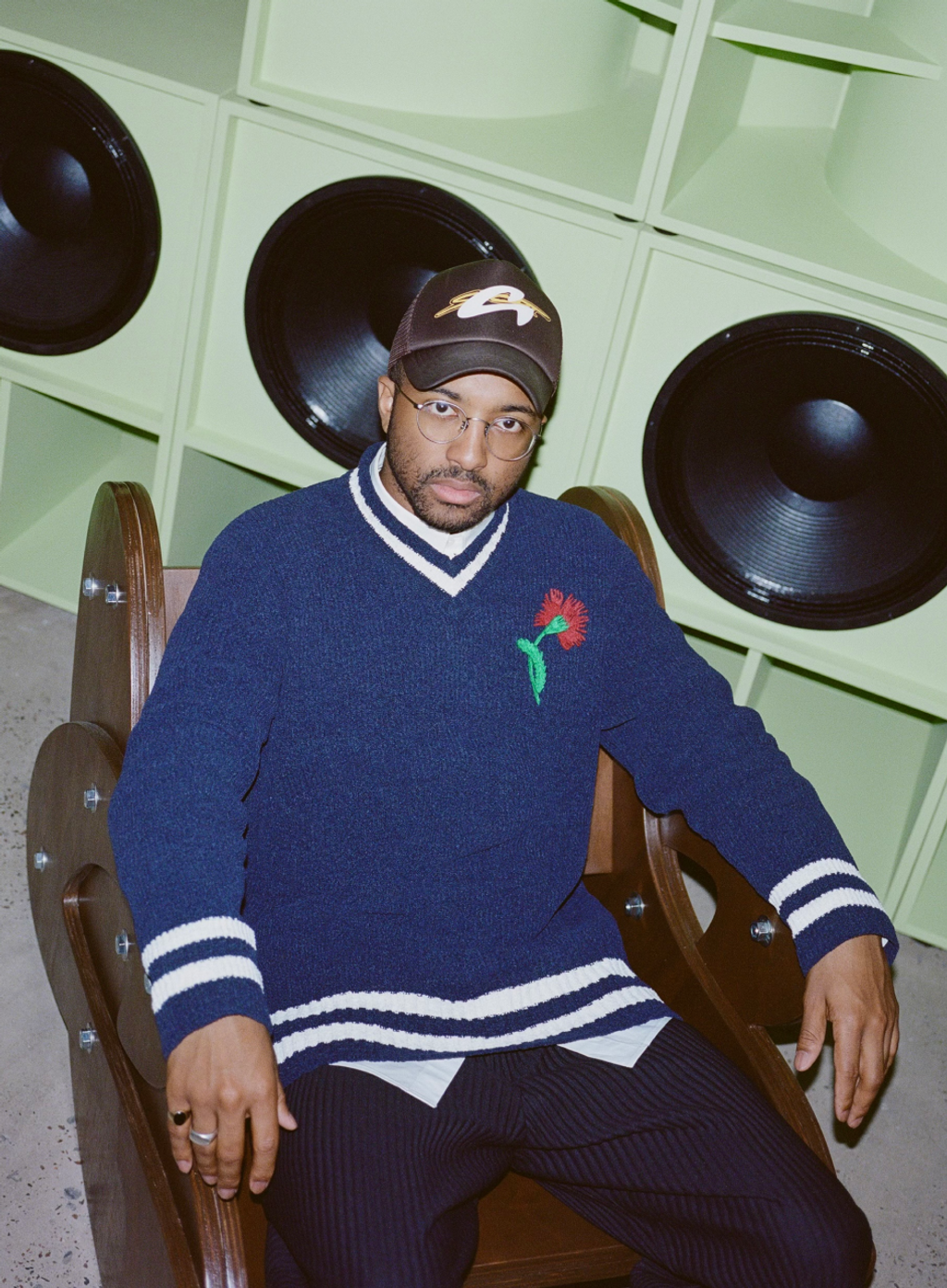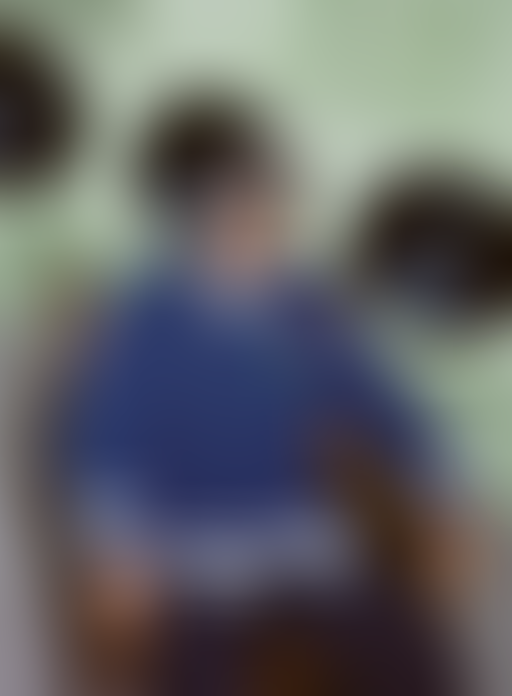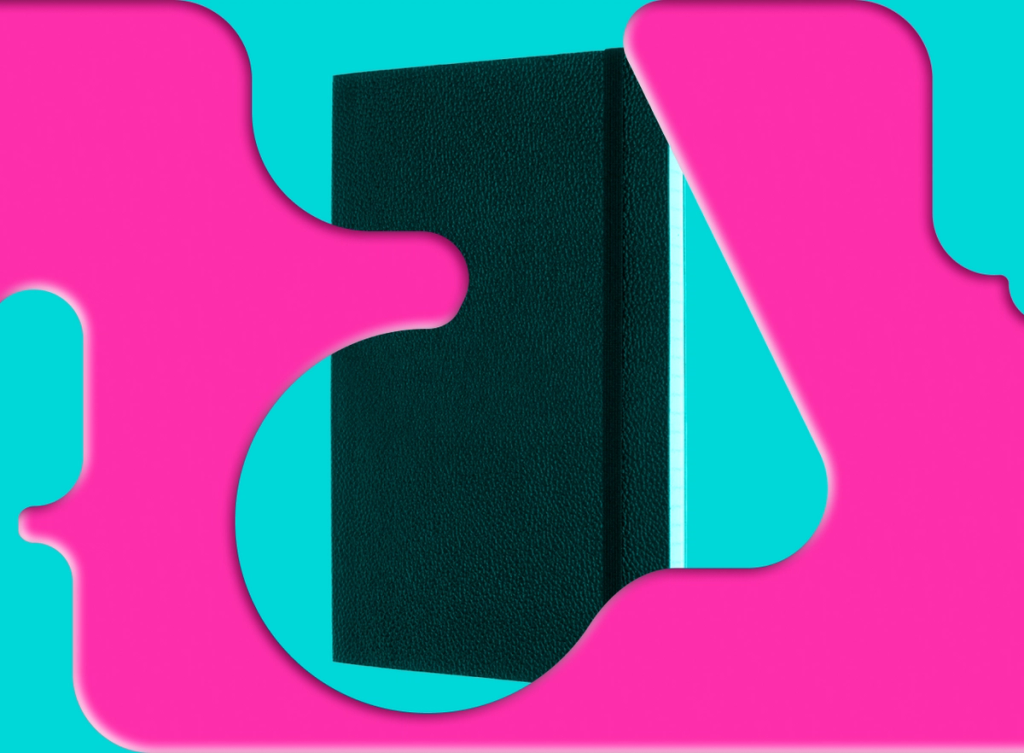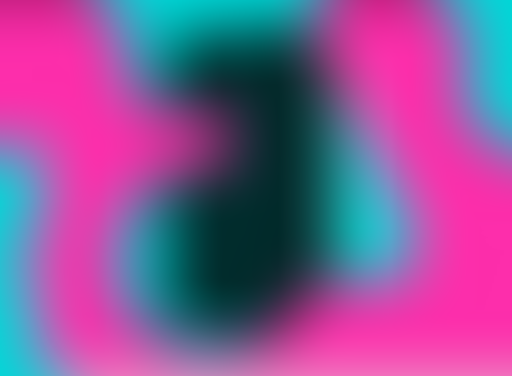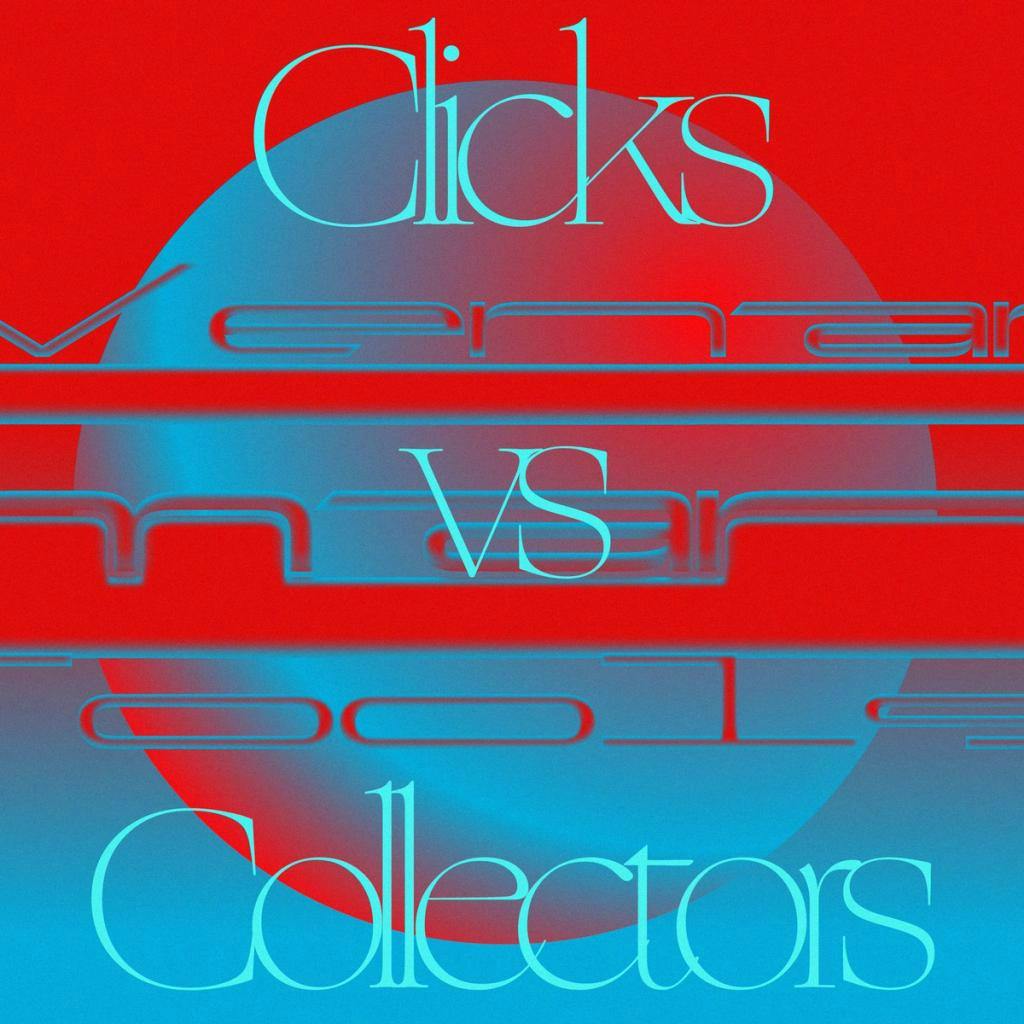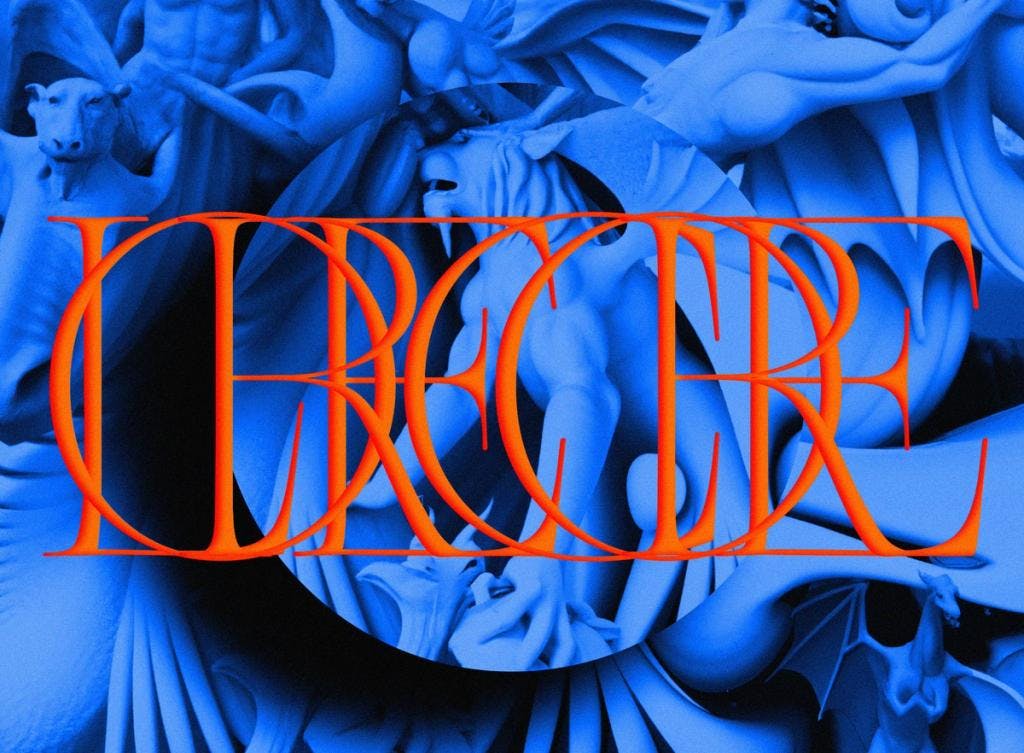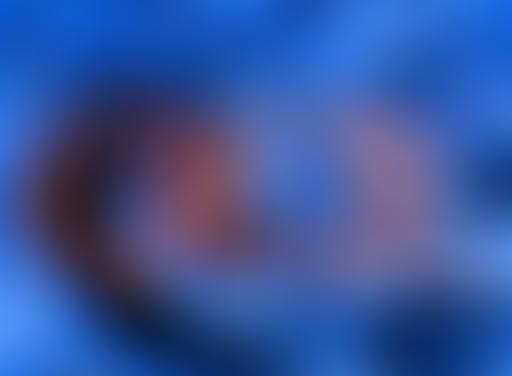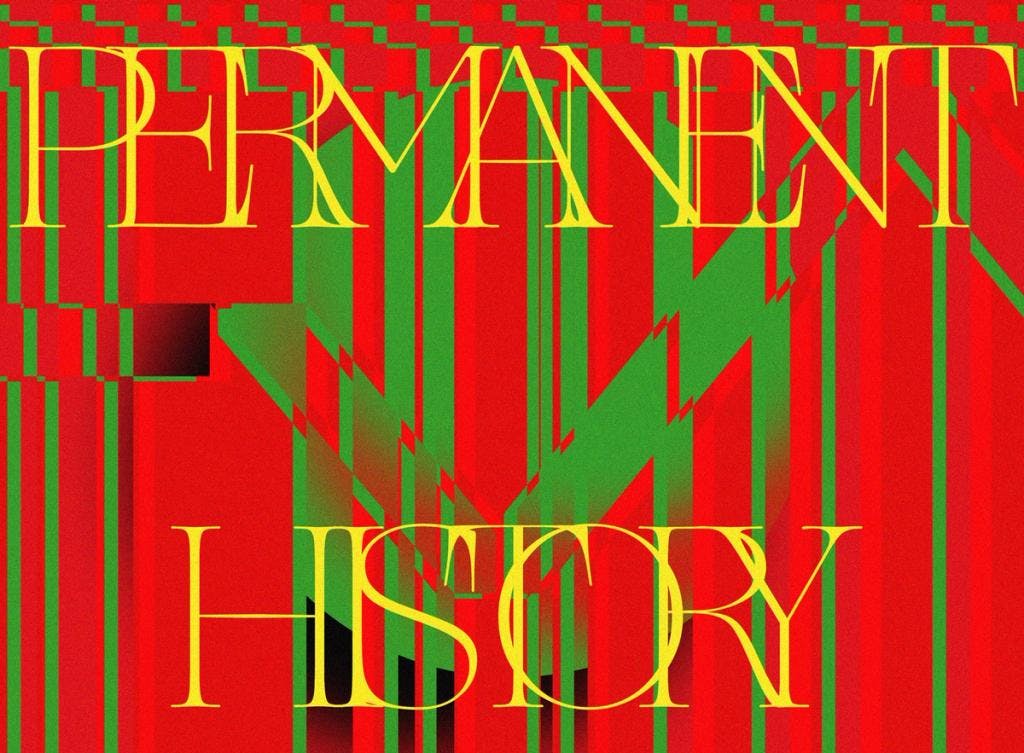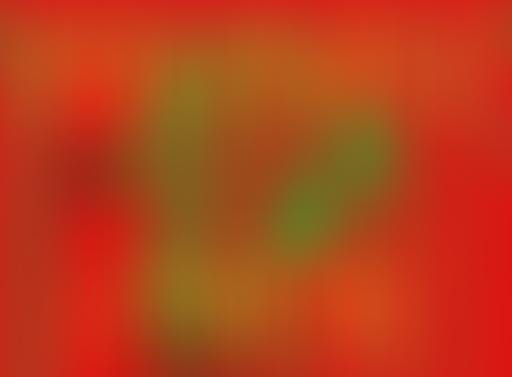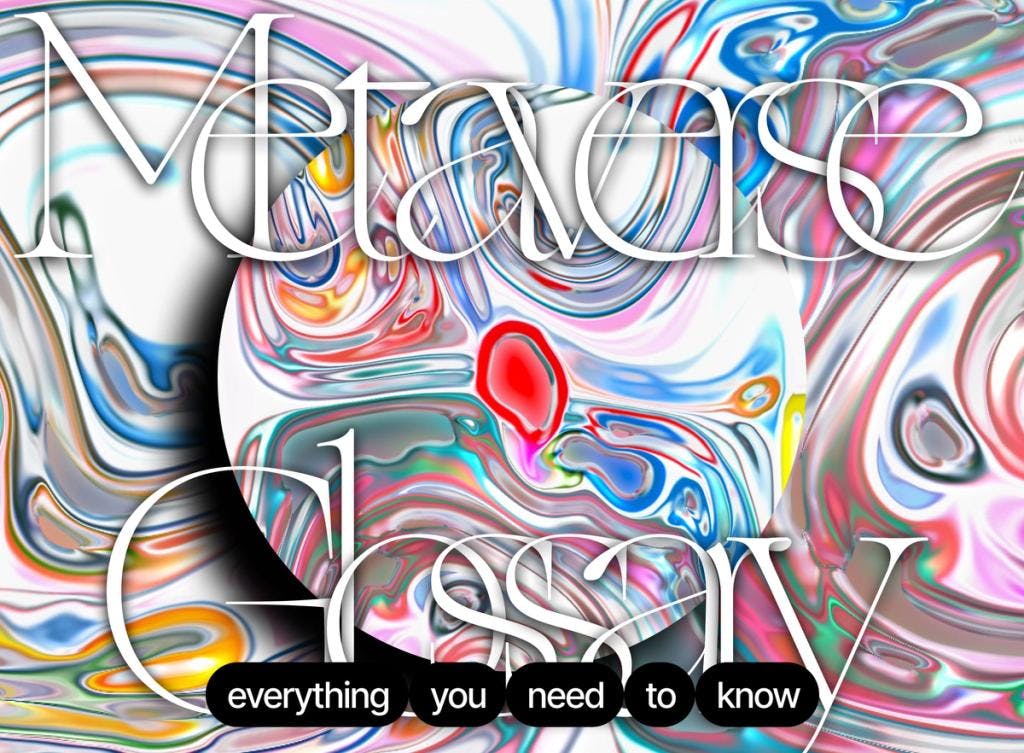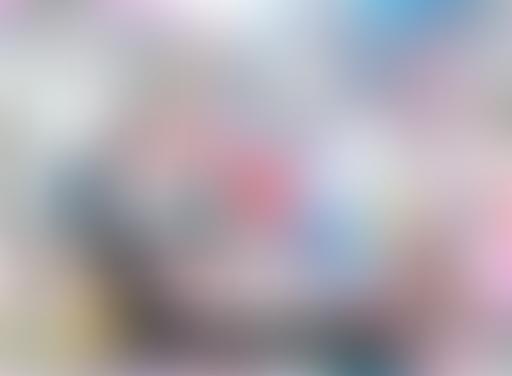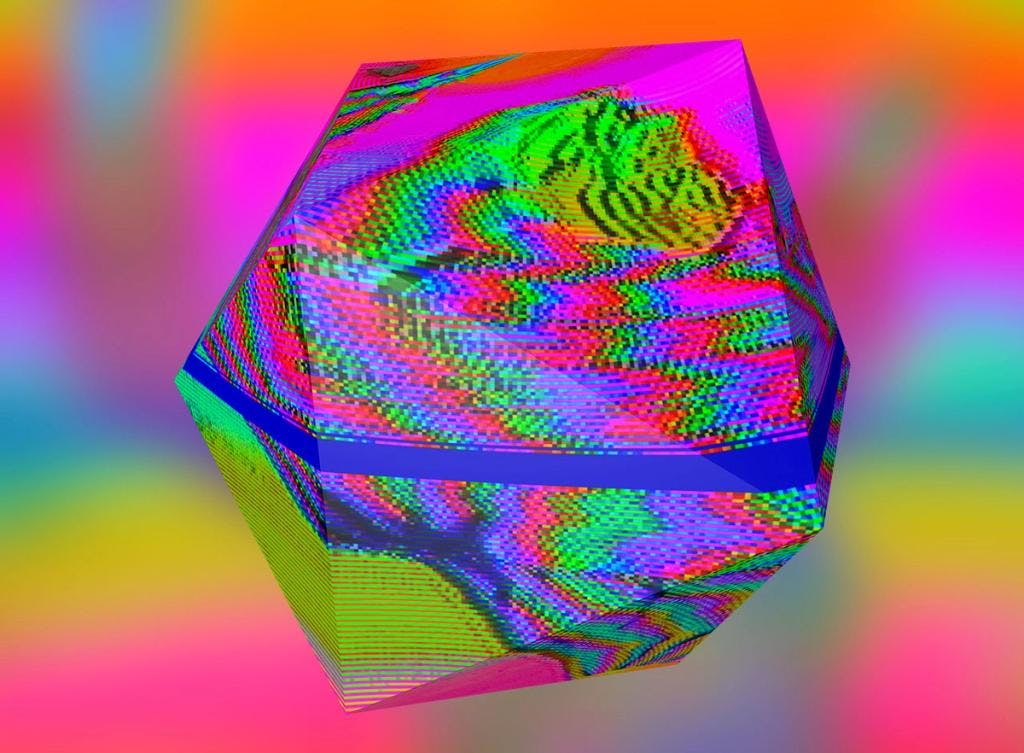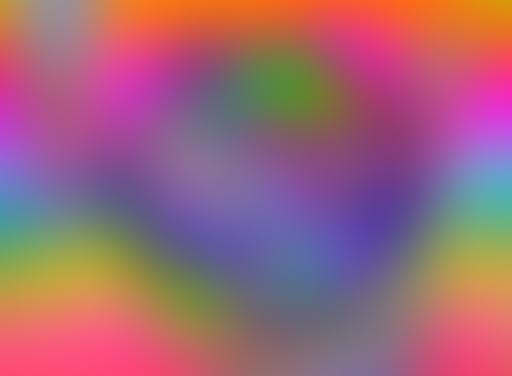


EyesonthePie:YecheLangeProofsArtist-RunSpaceontheBlockchain
Eyes on the Pie: Yeche Lange Proofs Artist-Run Space on the Blockchain
How can future online spaces elicit more left-field practices to build community and invite participation?
“In blockchain scenarios, we're much more vulnerable,” opines artist and curator Jared Madere, who co-founded Galerie Yeche Lange, which officially debuted into the public consciousness yesterday. “My hope is that this will lead to a sort of reappraisal about what it actually means for a gallery or artist to have unsold work.” Blaine O’Neill, Zora Zine contributing editor, spoke with Madere in Berlin and Miles Peyton, an artist and developer in Los Angeles. The conversation spans traditional art galleries’ inhibiting dynamics, contextualizing frameworks, and how future online spaces can—and should—elicit more left-field practices to build community and invite participation. “I wonder if there will be some kind of reckoning with that aspect of the [individual works’] transparency,” adds Madere, “either with the transparency itself or just how we interpret and orient to that transparency.”
Yeche Lange is the collective effort of curators Madere, Milo Conroy, and Wretched Worm with developer Peyton, whose poro.us project is a Cronenbergian simulation of microbiotic life. Together, they’re in the business of democratization, unapologetic onboarding, and perhaps most importantly, setting long-term precedents for art onchain—precedents which, in a space that plows faster than a Frecciarossa from Torino to Salerno, can inform how digital galleries, NFT artists, and collectors interact.
One such practice intended to reverberate and provoke participation isn’t in the form of a PFP airdrop but rather a machine-rendered “Pie Key” atop a florid plate one might find at a bakery in the Balkans. Holders of the pie slices, which became available as 1,111 free mints earlier this month, will receive discounts, perks, and access to works in Yeche Lange’s exhibitions. The gallery’s inaugural show, Tournament for Swollen Hearts Round Un, features Amalia Ulman, Spiky DJ, and Nomemene—artists who’ve embodied the lust and resolve to cross rifts between traditional infrastructures and latent networked spaces.
After all, everyone wants a slice of pie.
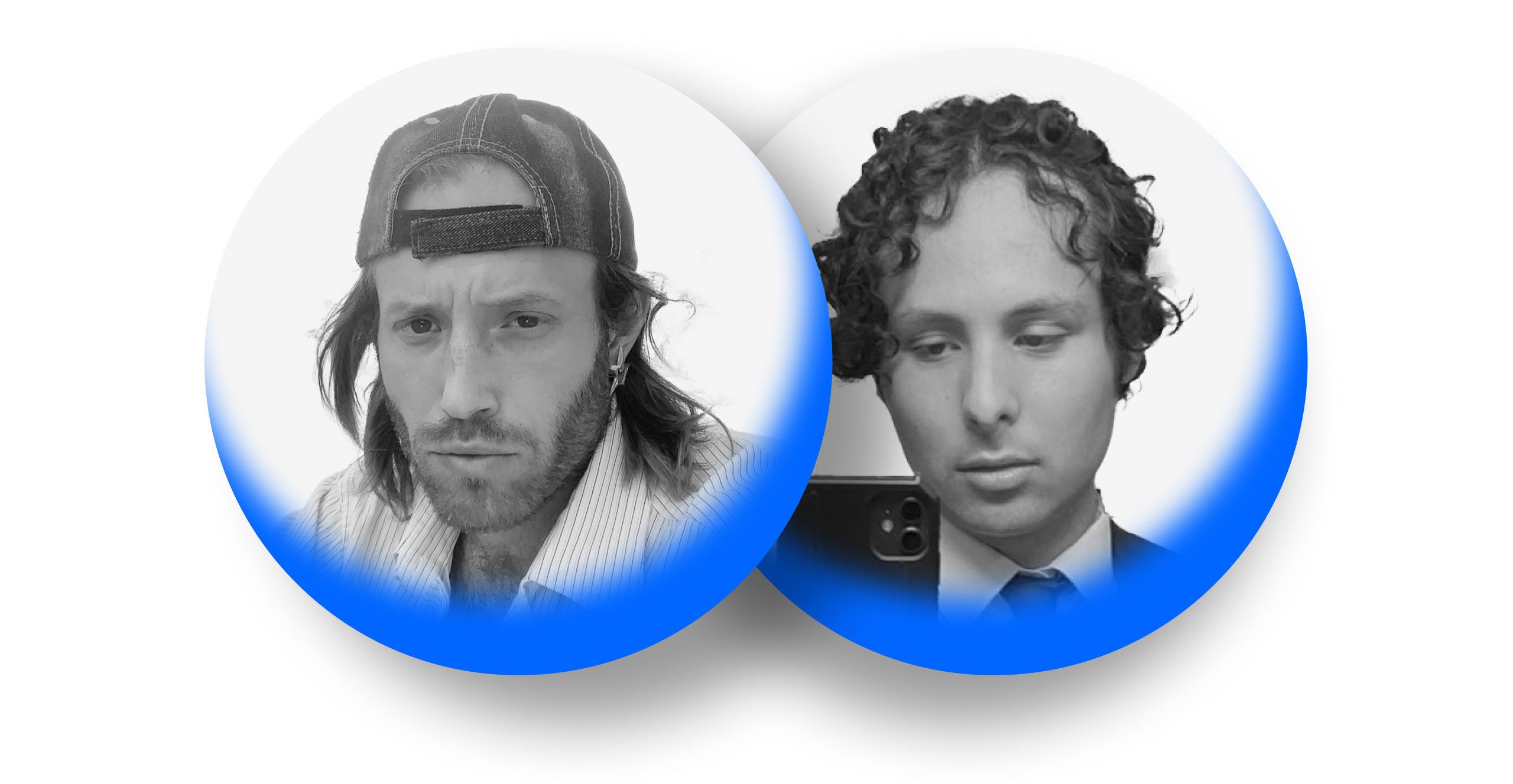
Blaine O'Neill (ZORA): How about you briefly introduce yourselves, how you met, and how you started working on this project together?
Miles Peyton: I'm an artist and developer based in LA. I knew about Jared's work already when he hit me up about this project.
Jared Madere: I'm an artist as well. I saw Miles’ project—the poro.us project—and was really into it. I had been working with Milo Conroy. Before we started speaking with Miles, the project was very piecemeal. We were getting advice from the Nina protocol project and the Tojiba CPU people. Everything happened so fast once Miles came aboard.
BO: Can you talk a bit about the Pie Keys? What is a Pie Key? How were they made?
JM: We wanted to have something that granted access to some aspect of the gallery and that was the genesis of the Pie Keys—there will eventually be seven [of them]. If you imagine a full circle, there are six other keys that line up with those irregular shapes; the idea is that each one has special qualities, characteristics, and utility. The one that’s been released is the most common one that has the most broad utility, and the other ones will have much more specific utility.
BO: The Pie Keys encourage those who may not have any experience with Web3 or collecting NFTs to participate. They're also visually interesting. I want to hear a little bit more about the production process and lore surrounding the Keys.
JM: As far as the visuals go, those all came from all these Eastern European pastries that I was looking at on Pinterest, an amalgamation of a few frosting techniques and different densities of wafers. People have thought they were photographs of real pies.
BO: The fractal is pretty intricate.
JM: You would have to be a very skilled baker to make that.
BO: Laser-cut the pie. Have either of you tried to organize an online space before? Have you ever been involved in an artist-run space without an IRL component?
JM: I have. First with Mother Culture gallery. For a time, we were very focused on being a physical space in LA and then moved into being more this online space. Before that, I used to run this gallery in New York called Bed-Stuy Love Affair. The biggest difference [with Yeche Lange], compared to both of those ventures, is that I've always been very excited about the potential of online social structures. That's a strange thing to say because I'm not ecstatic about implementations of social media, but I deeply enjoy consuming media in these contexts and I find tons of stuff every day that I'm like, ‘Whoa, other people must also be finding stuff that I would be as excited about as this.’ So it'd be very cool if we could all come together and put all this out there.
The funny thing about these experiences is that it felt like pulling teeth to get people involved, which I always found a bit strange. I would think, ‘Well look, I open my phone. I see you're on Instagram all fucking day. Every time I pick my nose you're in my story. I know you're just as glued to this thing as anyone else. So why isn't this an exciting format for you to engage with?’ And that has dramatically changed with NFTs simply because money is involved.
The concreteness of the potential here is attractive to people. I think now we're starting to get to a moment where people are actually excited to participate. These collections that are most notable have enormous addition counts of 10,000, 20,000. The question then becomes more of ‘How do they [do it]?’ for people who are not digitally native artists. Obviously there's so much to wrap your head around.
Here you're talking to an artist that's been working professionally for 10 years, 20 years, 30 years. They probably haven't made 10,000 things in their whole life. The idea of working in a generative mode is a huge shift for someone who has never thought about addressing variables algorithmically. We're going to see a lot of people beginning to grapple with what that could look like—and I mean that in multiple ways: both in terms of how people are tackling the task of actually creating the work; and in terms of setting the precedent for what it is going to look like for an artist to dive into this space relatively independently.
BO: Considering that the trading activity data for the Pie Key NFTs (price floor, volume traded, owners etc.) becomes a novel way to experience how people are interacting with the gallery—collecting, circulating, trading, sharing—do you think the blockchain’s visibility plays into your taste or feelings about why it's fun to do stuff online? Do you think there's an aspect to the actual transparency of these commodities on the blockchain as being part of the social aspect of showing art works?
JM: The transparency is interesting. It gives me hope that there might be some changes within the traditional art world about how things are weighted and what people's expectations are. This is part of why I think a lot of traditional galleries and artists are terrified to get into the space. It's strange that within the traditional art world, people pay attention to auctions and results so much despite being aware of the manipulation that goes on there.
In blockchain scenarios, we're much more vulnerable. My hope is that this will lead to a sort of reappraisal about what it actually means for a gallery or artist to have unsold work. I wonder if there will be some kind of reckoning with that aspect of the transparency, either with the transparency itself or just how we interpret and orient to that transparency.
MP: Unlike the 10K PFP (which is a new pattern/phenomenon in art being sold on the blockchain), our project is focused on one-of-ones. There does seem to be things like floor price or trading volume metrics that people are using to evaluate art for better or for worse. Is that something that should be resisted?
JM: Looking at NFT spaces in general, I was really excited about this idea of democratization—opening something up to a larger audience or a different audience. This has always been a real fascination of mine. There is the infrastructure in the NFT space to do amazing things for culture. At the time that I first started thinking about this, Bored Apes hadn't even debuted yet. I wondered what it was going to take to inject something meaningful into this space.
I want to be really clear that I like crypto-native projects; I like the idea of a 10K PFP collection. I think a lot of amazing things can happen there. To me, I have deep interest in these artists that really straddle a mainstream adoption scenario. For example, I think Kanye has done a tremendous amount for this culture in terms of who he collaborates with, the specific things that he wants to put at the forefront of conversations, and has really taken a lot of ideas—linguistically and visually—that used to really be isolated to elite art circles and found a way to get them out to more people. With the one-of-one artworks, the NFT space is interesting because it's an opportunity to interact with a new audience. Maybe that means it has to get watered down a little at certain points. Maybe that means the edges have to get shaved off at certain points.
For us, it was about setting a precedent. We love these other ways of working with the 10K PFP collections, but we'd also love for there to be a space here that demands a higher level of consideration.
BO: We talked a little bit about the potential expanded field of people who are going to be interacting with this work, whether they're spectators or collectors or just Yeche Lange Pie Key holders. Do you have any dreams or ambitions in regards to this? Do you have a particular idea of what direction this project might go, in terms of how people will interact with the show?
JM: We have a couple of solo projects coming up. Those will be formatted more like generative projects. I think we're planning on doing both: There will be group exhibitions and there will be generative solo things. We'll also probably be doing some smaller solo drops of five images by one person and that would be a singular presentation.
BO: Starting the gallery, is there a commitment to always doing one-of-ones?
JM: Yeah. We have this group of people [Pie Key holders] that are interested in what we do. We can give them music every month. We can give them images every month. There's so much material all the time. I think it's a very fun way to be able to disseminate that. On the flip side, not every single one of those things can be unique. If an artist is like, ‘I made this one amazing image. I don't have time to make a thousand of these for free, but I would love to give this one to all of you for free.’
BO: All the Pie Keys are allotted for, right?
JM: Yes.
BO: If you have friends or people who weren't able to access the project before the keys were dropped, are there other ways for people to interact with this inner world?
JM: Absolutely. There's no gate on participation. There is no general participation that you are required to hold a Pie Key for. The only thing the Pie Key does is give you a discount if you want to purchase something else. It also gives you access to a subscription of further freebies. As far as going forward with the things we planned for Yeche Lange and what the Pie Key does, in order to see the exhibitions, you don't need it. In order to buy things in the exhibition, you don't need it.
BO: Is there any significance to the name of the gallery?
JM: No. It's just words. They're not even really words, more like syllables.
BO: Did you have a plate dataset?
JM: Yes. It is a small plate dataset. There are only 12 different plates.
BO: The quality of the images and their attributes are somewhat nonsensical in combination with the fictitious names. There's a Baroque quality to all of it. Is each Pie Key unique in its actual image in pixels and backgrounds?
JM: Yes. That's just a giant database of images.

BO: Have you had any conversations or thoughts about Neo-Baroque and how it relates to the way you're approaching curating shows? You tweeted in your initial thread about trying to bridge crypto-native and non-crypto-native artists in a way that’s a bit more thought out and intentional. There's something about pulling threads from very different periods of time that touches on this.
JM: This is one of those things where I feel a little guilty—like someone that shows up at dinner and demands that everyone eats vegetarian because I'm a vegetarian. I think what you’re describing is the visual language that I've just been hovering around myself for quite a while. I've always been very seduced by the Baroque. It became more exaggerated since I was living in Vienna, a place where the artifacts left behind by that Austro-Hungarian empire are insane. I've never seen anything like that. And my first love in painting is Tiepolo. I think there's a lot of anime that relates as well: Final Fantasy; Bayonetta. It’s a visual universe, this intersection of two energies, that I've seen executed much more often in games and in anime.
BO: I met someone the other night whose six-year-old nephew was obsessed with medieval culture and would only listen to mandolin and lute music—‘bardcore’ covers of contemporary pop songs.
I often gravitate towards terms like ‘techno-feudalism’ or ‘neo-feudalism’ when trying to understand the future implications of increasingly centralized yet transnational corporate power with MANGA (Meta, Apple, Netflix, Google, Amazon) and other actors. Creating this gallery space with artists that you want to support and believe are doing important, interesting work—does the patronage system you're trying to build out right now differ from the one that currently exists, or used to exist in feudal times?
JM: It will end up being different. It's a combination of all of those things. We're porting this thing over to this other thing and trying to do that in the most ethical and advantageous way possible.
MP: It’s really fascinating. I'm not from the trad art world and don’t know the deep inner workings of it, but it’s funny, just observing the big collectors in the space who have names like ‘gabagool.eth,’ or pseudonyms. That part's really fascinating to me. These are people who have built up identities on not being known by their real world identity. But they have a reputation and people know them.
BO: Pseudonymity.
JM: The kind of homogeneity of a traditional collector social class is comically predictable. They're not interested in the same value system as us; they have different priorities. I think a lot of the reasons for collecting art in a traditional way are pretty old world. There's a huge cultural difference in who is participating [in the art world] and what is exciting to them.
I'm happy that I own this NFT even though it doesn't take up any physical space. I hold this and I get to go to this yearly gala, or I get to participate in this group. Spending time in the traditional art world, you pick up on these ideas that others take for granted. I'm in a cultural space and I see everyone around me doing things—whether it's a stylist or someone throwing parties or someone who runs a publication. There are a lot of ideas about curation and context and combining audiences. You can lose that a little in Web3. As archaic as the current implementation of the contemporary art world is, that audience creates new opportunities. Ultimately though—CryptoPunks, Apes, Kitties—a lot of these boxes are not getting checked. I'm not holding my breath for the Yuga Labs Guggenheim show, you know what I mean?
People are just trying to engage critically with something art-related. It’s hilarious, I remember one instance at this DeviantArt-style one-of-one: a teenage witch with orange hair mixing a cauldron with turquoise light glowing out of it; the collectors were saying, ‘This really speaks to me.’ These same people that were trying to copy Steve Aoki's trades five months before are now considering esoteric Fluxus work.
BO: Let's talk about the upcoming group show, the artists, and the curatorial approach. How did you decide to structure the one-of-one NFTs? Did you do anything in the contract design that was unconventional or different than how a normal gallery would operate?
JM: We give a little bit more of a generous cut [to the artists] than a gallery. We also provide a distributive, promotional, and contextual framework.
MP: In regards to the contract, there's nothing too special going on, but for each of the one-of-ones, on the primary sale, they'll get their cut immediately.
BO: This upcoming show sets the tone for what you want to do. How did you start thinking about this show? What’s it called? Who's curating it? Who's involved? How are you actually going to present it?
MP: There are 2D and 3D components to it.
JM: The show is called Tournament for Swollen Hearts Round Un. It will be a series of group shows, each one pulling artists from both art and tech universes. It is curated by Milo, myself, and wretched worm; and the artists participating are Amalia Ulman, myself, Nomemene, and spiky dj. I think everyone brings something different to the table.
We'll continue putting out generative collections by individuals for solo presentations and then we want to start doing physical things again. Ultimately this isn't going to stay digital forever, and the actual work being physically manifested is interesting to me, as are the social scenarios of people gathering to witness an event or an exhibition.
